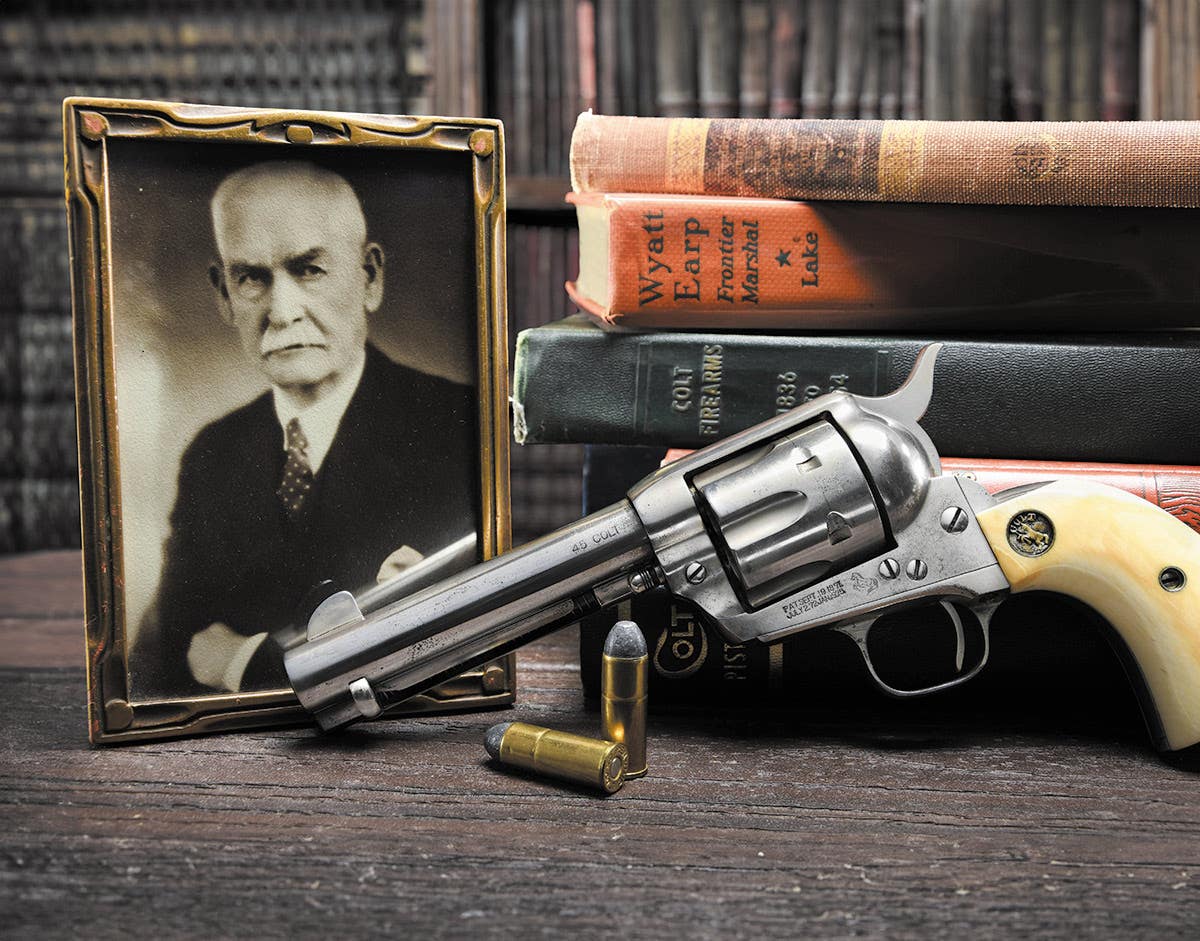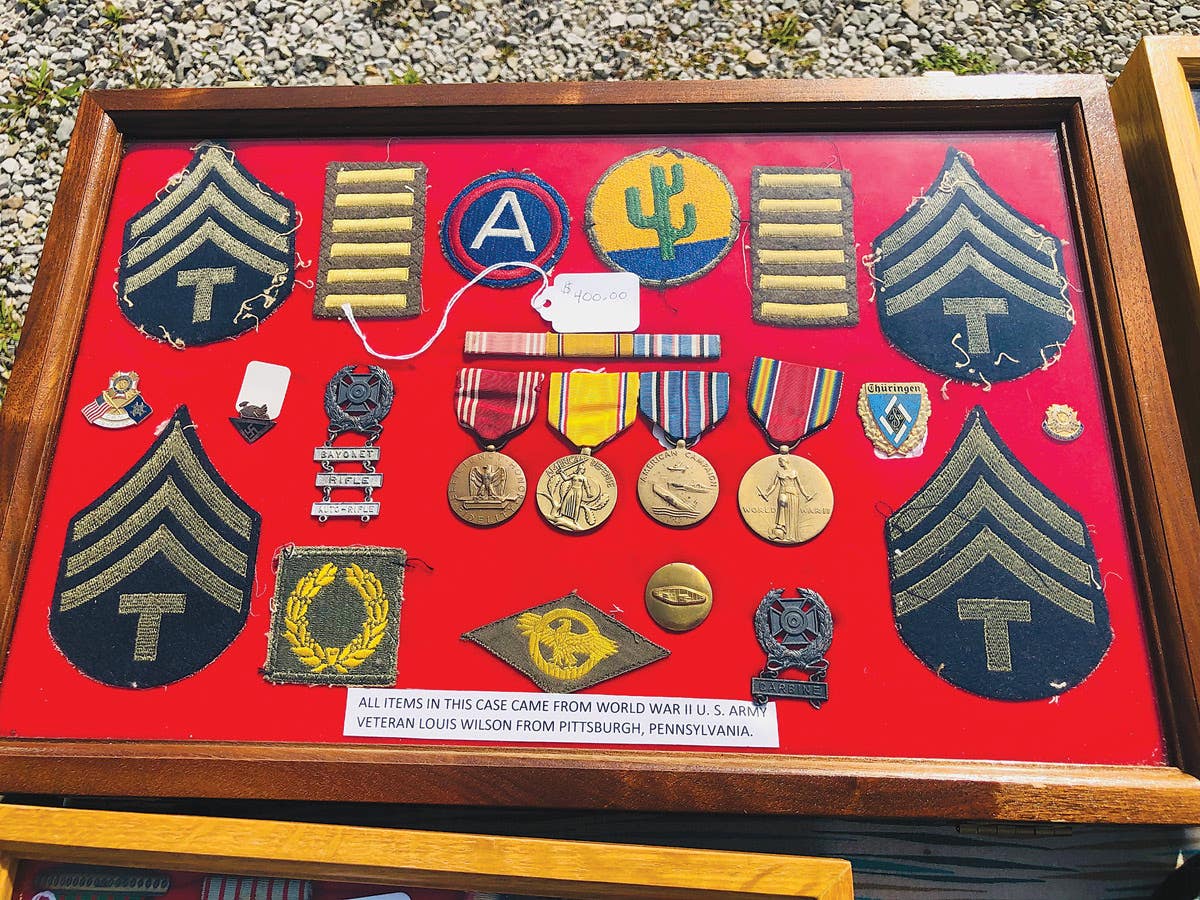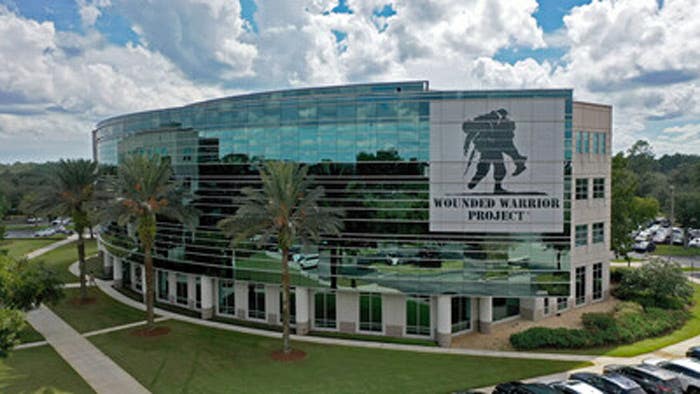Seeing is believing… or maybe not
The old saying goes, “A picture is worth a thousand words,” and researchers often use photographic evidence to confirm their findings. But is it the definitive truth?
The old saying goes, “A picture is worth a thousand words,” and researchers often use photographic evidence to confirm their findings. However, this is actually a relatively new way to seek information.
We really don’t know precisely what Founding Father George Washington looked like, even as many might think we do. After all, we have his likeness on the $1 bill! Yet, the version of Washington is based on Gilbert Stuart’s famed portrait, which shows features of Washington’s face that differ from other contemporary portraits.
We at least have a sense of Washington’s appearance. However, the same can’t be said of Alexander Nevsky, Grand Prince of Kiev, who infamously defeated the Swedish invaders in 1240 at the Battle of Neva and the German crusaders at the 1242 Battle on the Ice. There were no known portraits of Nevsky during his lifetime, yet his “likeness” is still very much on the Soviet Union’s Order of Alexander Nevsky, which was introduced in 1942. The Soviets didn’t guess, and instead the profile on the order is of Nikolay Cherkasov, who played Nevsky in Sergei Eisenstein’s 1938 film Alexander Nevsky. The current version of the order, introduced by the Russian Federation in 2010, features a silhouette of the Russian hero on horseback rather than including the “fictionalized” depiction with Cherkasov in costume!
The Russian film and subsequent order weren’t the first time our view of the past was shaped by artwork, or later by “popular culture.” For example, no complete surviving examples of armor from the Roman Republic and early Roman Empire exist today. Much of what we even know about the armor comes from what is depicted on Trajan’s Column in Rome, which commemorates the Roman Emperor Trajan’s victory in the Dacian Wars of the second century. The early armor is largely guesswork based on written sources.
That may be a surprise since Hollywood has offered us its view of Roman armor. It contrasts with much of the historical record in many ways, but it is arguably what we believe it looked like. The same has been true of our longstanding belief that Vikings (who weren’t even people as much as a profession) wore horned helmets. We can trace that myth back to at least a couple of sources. Scandinavian artists, including Sweden’s Gustav Malmström, featured the headgear in their portrayals of the raiders. At the same time, Richard Wagner’s “Der Ring des Nibelungen” opera cycle in the 1870s put it in the public consciousness, after costume designer Carl Emil Doepler created horned helmets for the Viking characters. The enduring stereotype was born, and it is essential to note that this coincided with renewed interest in medieval arms and armor in Europe and North America.
Owners of grand estates in the British countryside and then in North America sought to fill them with “antiques,” including arms and armor, and that created the “Victorian copies,” including, yes, horned “Viking helmets.”
Pictures Can Be Trusted, Right?
This brings us to photos. Clearly, once photography was invented, we no longer relied on painters and sculptors to preserve the past. This is why we know what President Abraham Lincoln looked like far better than Washington or the other Founding Fathers.
Except, even at the time, photos couldn’t be trusted entirely.
Photoshop may not have existed during the American Civil War, but photographs could still be manipulated. Such is the case of a photo of General Ulysses S. Grant on horseback at the Union Army headquarters at City Point, Va. It is a composite of three negatives, all dating to 1864. Grant’s head was taken from an informal portrait, while the rider’s body is that of Union Army General Alexander McDowell McCook. The background is an internment camp for Confederate prisoners of war.
That photo tells a thousand words and then some!
Seeing What We Want to Believe
This brings me to an email I recently received. A documentary filmmaker contacted me to ask about sun/pith helmets used by the United States Marine Corps during the Colombian Civil War of 1885. What is known is that U.S. Marines landed at Colón, a port city in what is now Panama.
The individual sent me a photo that he believed showed Marines landing by boat, and he asked me to identify the helmet model they were wearing. My response was, “I really don’t know.” The U.S. Army did test the Model 1880 helmet, only to later adopt the Model 1887. The USMC used that same model in a limited capacity, yet the timeline doesn’t add up. After doing some research, I was unable to find any documentation that stated that the USMC ever wore an earlier pattern helmet.
But does this image present evidence of earlier use of the sun helmets than I was aware of, or something else? I was told it was an “official Marine Corps image.” It wasn’t.
Doing some digging, I found the same image taken by Lieutenant S.W. Very, USN, from a report by Lieutenant Kimball, USN. The photo was dated April 11, 1885. That at least confirmed the personnel were from the USS Tennessee during the landings in Colón.
Yet, the 140-year-old photo is grainy and doesn’t offer any close-ups of the men in boats heading to shore. I didn’t even see helmets when I looked at it. I’ve asked a handful of friends and colleagues to weigh in, and they tended to agree with me. We agreed that the personnel in those small boats were also likely to be U.S. Naval Infantry, not Marines, and they were likely wearing white caps instead of helmets.
When I presented my evidence to the filmmaker, he expressed some disappointment. For his project, it would have been better to see Marines in sun helmets than Sailors in “silly hats,” as he put it.
This is the problem with putting blind faith in old photos. Do we really know what we’re looking at?
For decades, a relatively famous photo of German soldiers marching through a field has been used in dozens of books. It is often captioned that the soldiers are advancing through Belgium or France in August 1914. Yet, as my good friends Janet and Joe Robinson wrote in Handbook of Imperial Germany (Authorhouse, 2009), “There is nothing startling or new about the picture except the provenance is a myth.” The Robinsons even tracked down the photo to a German newspaper, where it appeared on the front page in September 1913. Those German soldiers were on maneuvers at least a year earlier, not part of the initial invasion force.
Misreading Photos Results in Misinformation
There is no denying that photos are a valuable link to the past, but they can present just as much misinformation if we misinterpret what we see.
The filmmaker continued his research and did find another photo of Marines wearing tropical helmets in Colón in 1885. Yet, it doesn’t confirm the men in the boats were Marines, and I’m still convinced they were Naval Infantry.
This is a reminder that we should not rewrite the history of military headgear based on one photo and a single interpretation. After all, that is how the myth of horned Viking helmets began.
Finally, this issue is only going to get worse. The ability for artificial intelligence (AI) to generate realistic photos, including those that look like they were taken decades ago, will only further present new challenges. Seeing should no longer result in instant belief. Sometimes it is good to be a skeptic and seek additional evidence.
Like what Peter Suciu has to say? Here are a few more articles for your reading enjoyment.
Peter Suciu is a freelance journalist and when he isn't writing about militaria you can find him covering topics such as cybersecurity, social media and streaming TV services for Forbes, TechNewsWorld and ClearanceJobs. He is the author of several books on military hats and helmets including the 2019 title, A Gallery of Military Headdress. Email him and he'd happily sell you a copy!







